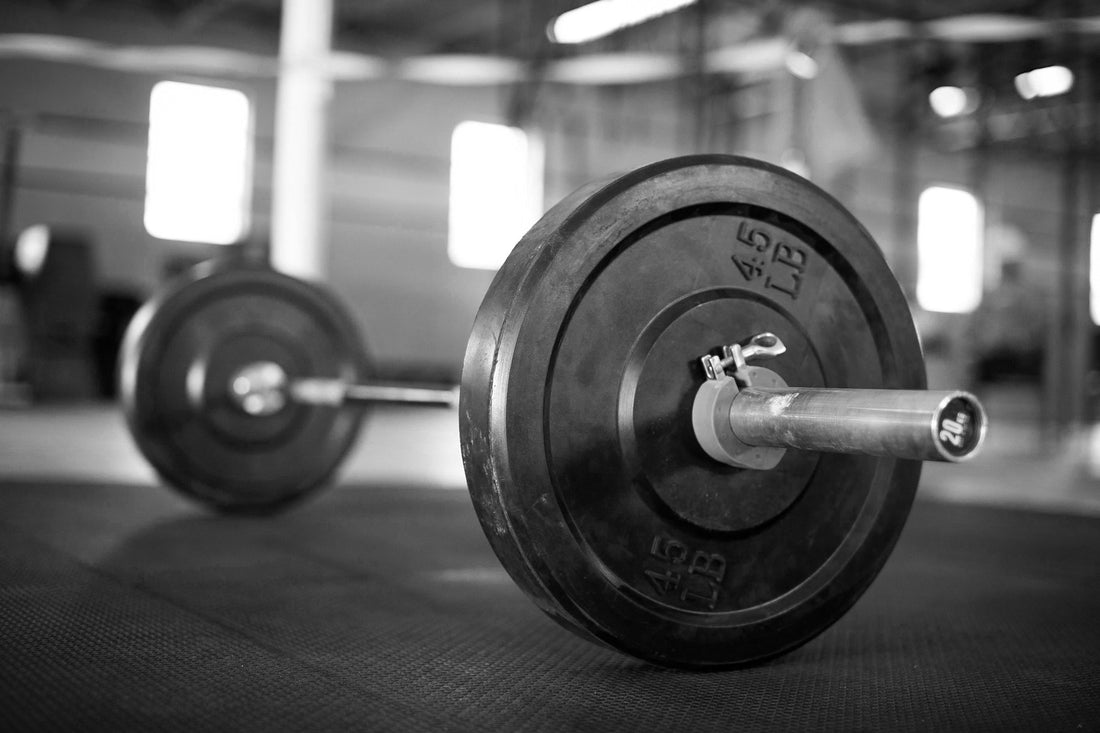Deadlifts are one of the best exercises period. Deadlifts build muscle, burn fat, improve body composition, build abdominal and posterior chain strength, increase muscular endurance and build overall body size. Not to mention many trainees love the challenge of deadlifts!
But the drawback of deadlifts is that they are one of the most intense exercises on the lower back. This is where trainers must exhibit appropriate precautions and regressions when teaching deadlifts to trainees with lower back problems.
In this post, I'll cover how to deadlift with lower back problems. This is suitable for both trainees and for personal trainers to adhere to when training individuals with lower back concerns.
How to Deadlift with Lower Back Problems
A regression is an exercise that is an "easier" variation of a traditional exercise. These can be applied to all exercises, not just deadlifts.
When is it appropriate to use regressions?
Deadlift regressions can be used for trainees who:
- Exhibit lower back problems
- May be new to deadlifts
- May lack confidence
- Have experienced injury or trauma to the back
- Lack form and risk injury by performing the full exercise
Once a trainee develops confidence in his or her abilities and the trainer is satisfied, the trainee can begin completing the full exercise. Until that point, there is a deadlift regression cycle that should be followed to ensure the trainee remains safe while still building and strengthening the lower back.
Deadlift Regression Exercises
In my experience, rack pull deadlifts are the perfect deadlift regression and suitable for many trainees. While the movement incorporates the whole posterior chain, it is easier on the lower back and a relatively easy movement, even when trainees have limited deadlift experience.
Rack pull deadlifts build confidence while strengthening the posterior chain and having the trainee feel "worked", but not to the point of failure, exhaustion or being deterred from deadlifts.

However, as a trainer you may want to gauge the trainee's abilities prior to performing rack pull deadlifts with a barbell. This is particularly so when training specialised groups, such as older or rehabilitating trainees.
This is where you may consider adding further regressions such as:
- Using kettle bells in lieu of barbells
- Using resistance bands to support the barbell
- Using light weight barbells
- Using assisted equipment such as smith machines
When gauging a trainee's ability, or if in doubt, the progression cycle looks something like this depending on the trainee's past injuries, confidence and training history:
- Smith machine
- Kettlebells
- Resistance bands
- Light barbells e.g. 10kg
- Normal barbell (20kg) Rack Pull Deadlifts
- Conventional Deadlift
Using Resistance Bands for Deadlifts
Using resistance bands for deadlifts are a new concept to many trainers and trainees. While it may be overkill for some trainees, they provide an excellent way for the trainee to be supported while performing the full deadlift movement.
Here is how to perform deadlifts with resistance bands:
You'll need to tie the resistance bands around the upper rail of a squat rack. The resistance bands should of significant length.
As the trainee lifts the barbell, the load becomes easier to bear, thus perfect for those with lower back concerns.
Deadlift Variations
Once lower back strength is developed and both the trainee and trainer have developed confidence in the movement, the trainee can then perform various deadlift variations as explained in our comprehensive deadlift guide here. It should be noted however, that not all trainees will nor desire to progress this far.
Depending on the trainee's ability, injury and training history, his or her movement may be limited to appropriate deadlift regressions and he or she may have no desire to perform full deadlifts. In this case, the trainer should implement new challenges on the exercises the trainee can perform, such as German Volume Training or High Intensity Interval Training, that still build confidence and lower back strength while not ostracising or potentially injuring the trainee.




